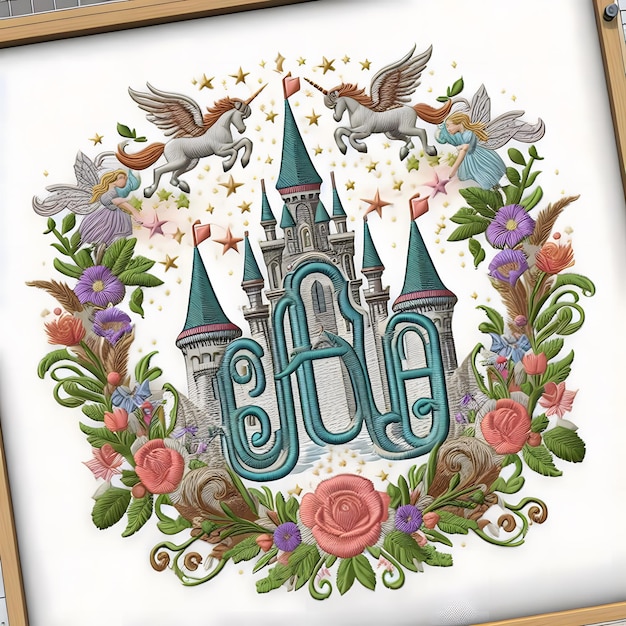
Welcome to Revisiting Disney! Today, we’re diving into a truly unique and special animated feature that Disney claims started it all: “Snow White and the Seven Dwarfs.” I’ve broken things down into categories so you can jump to the sections that most interest you. And please, if you have any thoughts, leave them in the comments!
Background
“Snow White and the Seven Dwarfs” holds a special place in animation history as Disney’s first full-length animated feature. It premiered on December 21, 1937, at the Carthay Circle Theatre in Los Angeles. It was notable not only as Disney’s first feature but also as the first full-length animated film from the United States and the fourth in the world, with two previous films now lost and one being German.
The movie was initially a big gamble for Disney, with many in the industry predicting it would flop, dubbing it “Disney’s Folly.” Yet, it turned out to be a huge success. Interestingly, it wasn’t released on home video until 1994 and had been re-released in theaters several times before that to keep the magic alive.
Music
The soundtrack of “Snow White” was crafted by composer Frank Churchill and lyricist Larry Morey. Churchill also worked on other Disney classics like Dumbo and Bambi. The score perfectly matches the film’s tone, managing to be grand and emotional without overwhelming. There are eight main songs featuring various characters, but Snow White, voiced by Adriana Caselotti, sings most of them.
While Caselotti’s voice might not be universally loved, it fits the style and era of the film perfectly. Her contract with Disney was so exclusive that “Snow White” remained her only major role. The music, with songs like “Whistle While You Work” and “Heigh-Ho,” ties the film strongly to its 1930s origins.
Animation
The animation in “Snow White” might look a bit grainy compared to modern standards, which could either be a stylistic choice or due to watching an older VHS tape. Even so, the artwork is so well-crafted that almost any paused frame could be hung up as a piece of art. The film combines beautiful animation with a bit of slapstick comedy, especially in scenes involving the dwarfs and animals. This comic relief helps balance the darker elements of the story, like the queen’s sinister plots.
Plot
If you’re new to the story, here’s a quick recap: Snow White’s evil stepmother, obsessed with being the fairest in the land, orders a huntsman to kill Snow White. Unable to do so, the huntsman lets her escape into the forest, where she befriends friendly animals and finds refuge with seven dwarfs. The queen, discovering the huntsman’s betrayal, disguises herself as an old woman and tricks Snow White into eating a poisoned apple. Though the queen meets a grisly end, Snow White remains asleep until the prince revives her with a kiss. They ride off into the sunset, leaving us with many questions about the story’s logic but also a sense of timeless romance.
Source Material
Disney’s version of “Snow White” is based on the much darker Grimm Brothers’ fairy tale, in which Snow White is repeatedly attacked by the queen using a magical comb, a corset, and finally, a poisoned apple. In the original, she’s revived when the prince’s servants trip and dislodge the apple from her throat. The queen meets her end by being forced to dance in red-hot iron shoes until she dies.
Disney toned down these gruesome elements while adding memorable songs and distinct personalities to the dwarfs, making their version the definitive one for most people.
The 1930s
The film reflects the 1930s in interesting ways. During the Great Depression, everyone in a family needed to contribute to keep things afloat. Snow White might not have been working an outside job, but her cooking and cleaning skills significantly improved the dwarfs’ lives. Songs like “With a Smile and a Song” and “Whistle While You Work” emphasize the era’s value of hard work and keeping spirits up, even in tough times. The dwarfs’ work ethic echoes the Civil Conservation Corps, a New Deal program that put men to work during the Depression.
Lessons Learned
The key takeaway from “Snow White” is that true beauty comes from kindness and a willingness to work hard. Snow White’s good nature wins the dwarfs’ protection and the animals’ help. On the flip side, the film also warns about the dangers of trusting the wrong people, as Snow’s misplaced trust nearly leads to her demise several times. Finally, the story reinforces that love conquers all, even though Snow White and the prince’s relationship might seem rushed by modern standards.
Does It Hold Up?
“Snow White and the Seven Dwarfs” is a pioneering film that kickstarted Disney’s rise to animation dominance. While the studio might have succeeded eventually without it, “Snow White” set the stage in an unforgettable way. Despite some dated elements and my personal quibbles with the story, it’s an undeniably beautiful and groundbreaking film. It’s still the highest-grossing animated film of all time when adjusted for inflation, according to IMDb.
For next week: Pinocchio
Thank you for joining this exploration of Disney’s first animated classic. If you’ve enjoyed this series, you might be interested in my book, “A Journey Through Disney: My Look Back Through Disney Canon,” available on Amazon.
See you next time!

